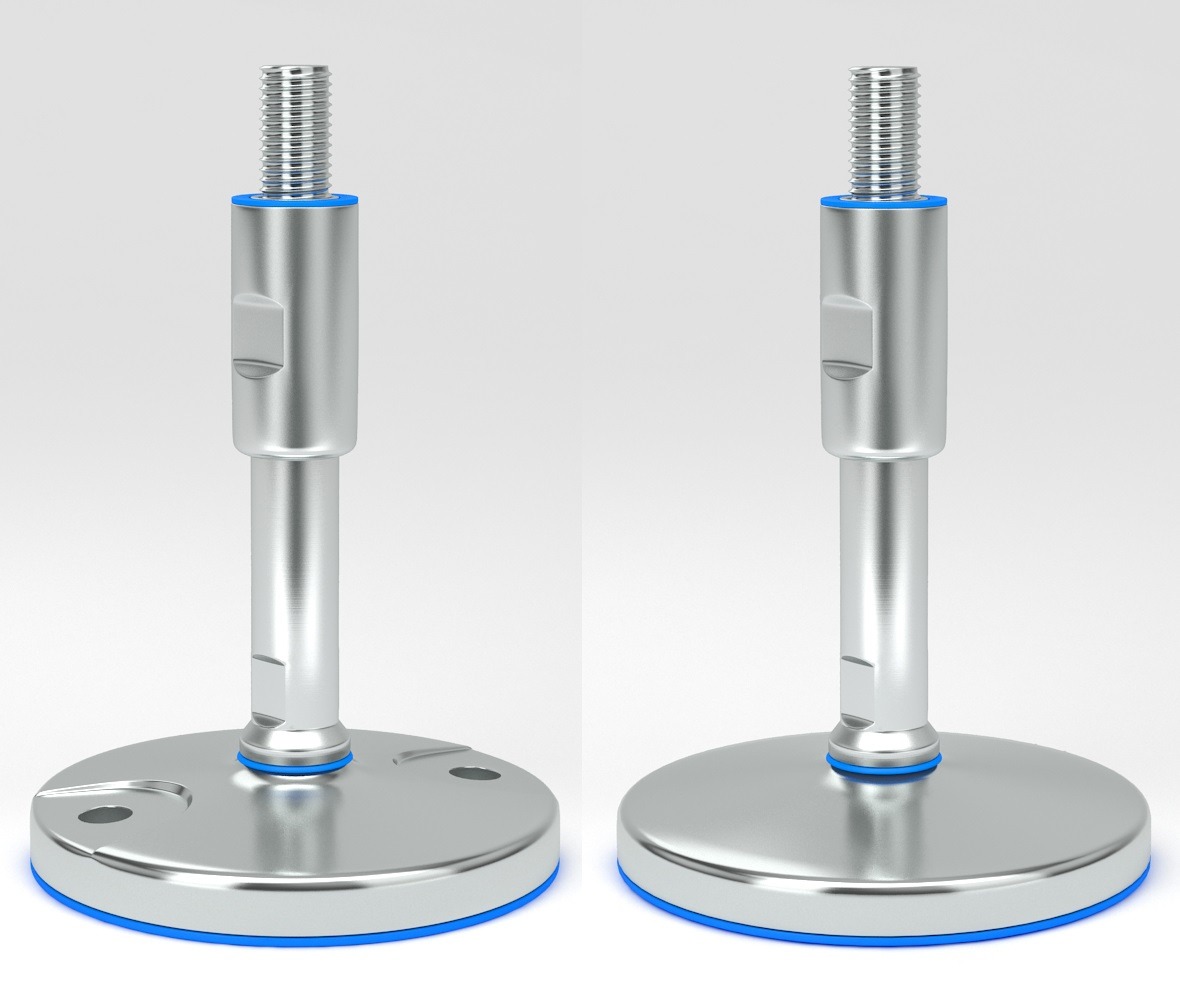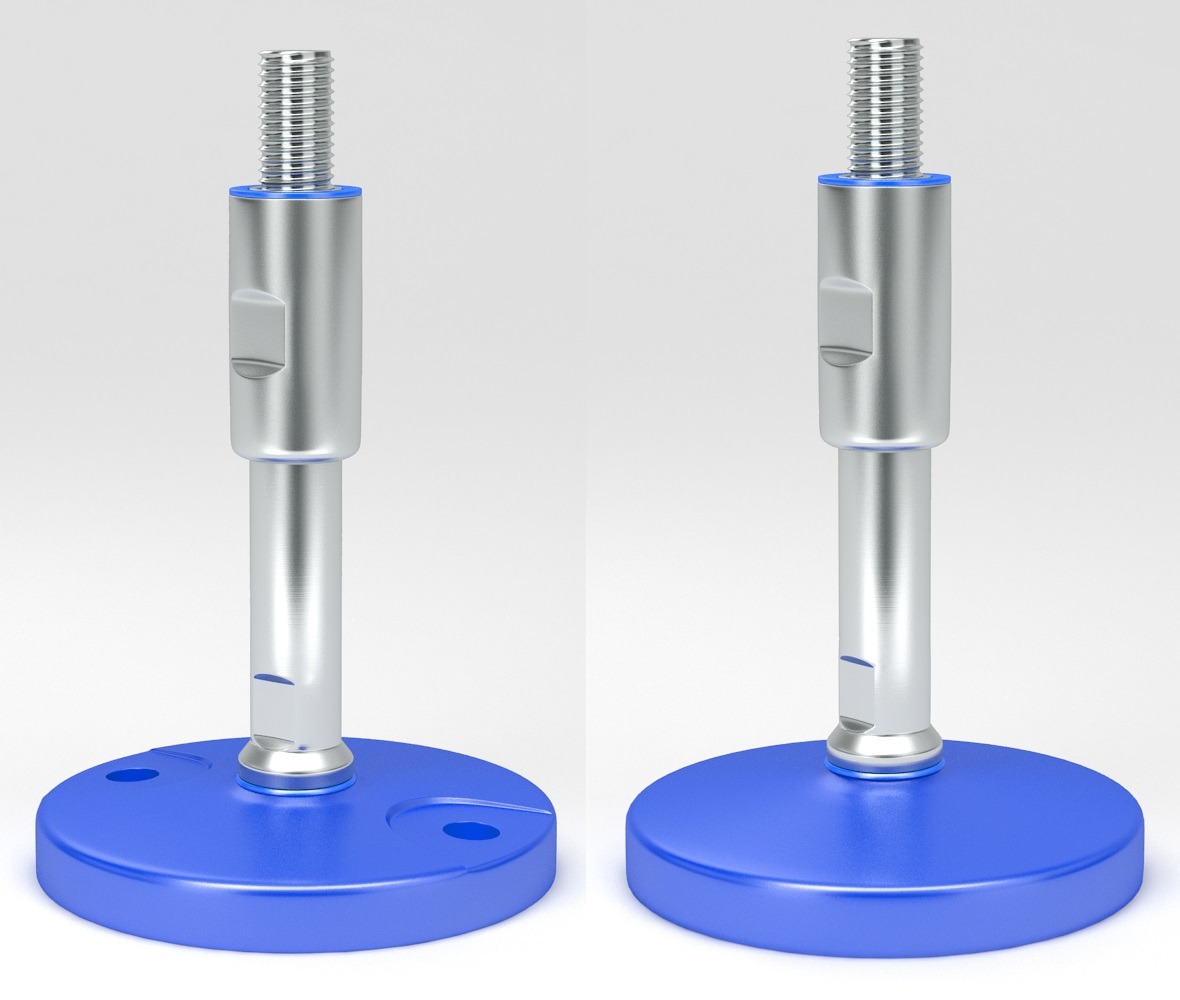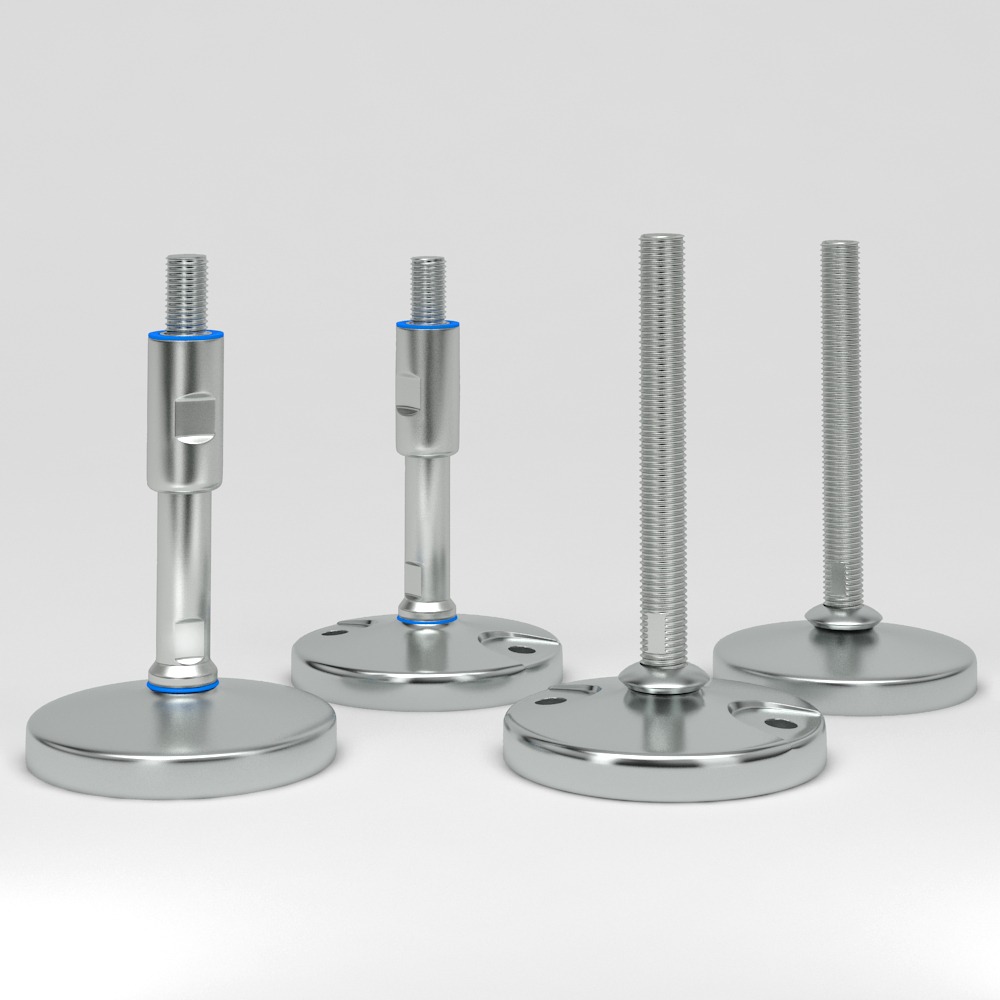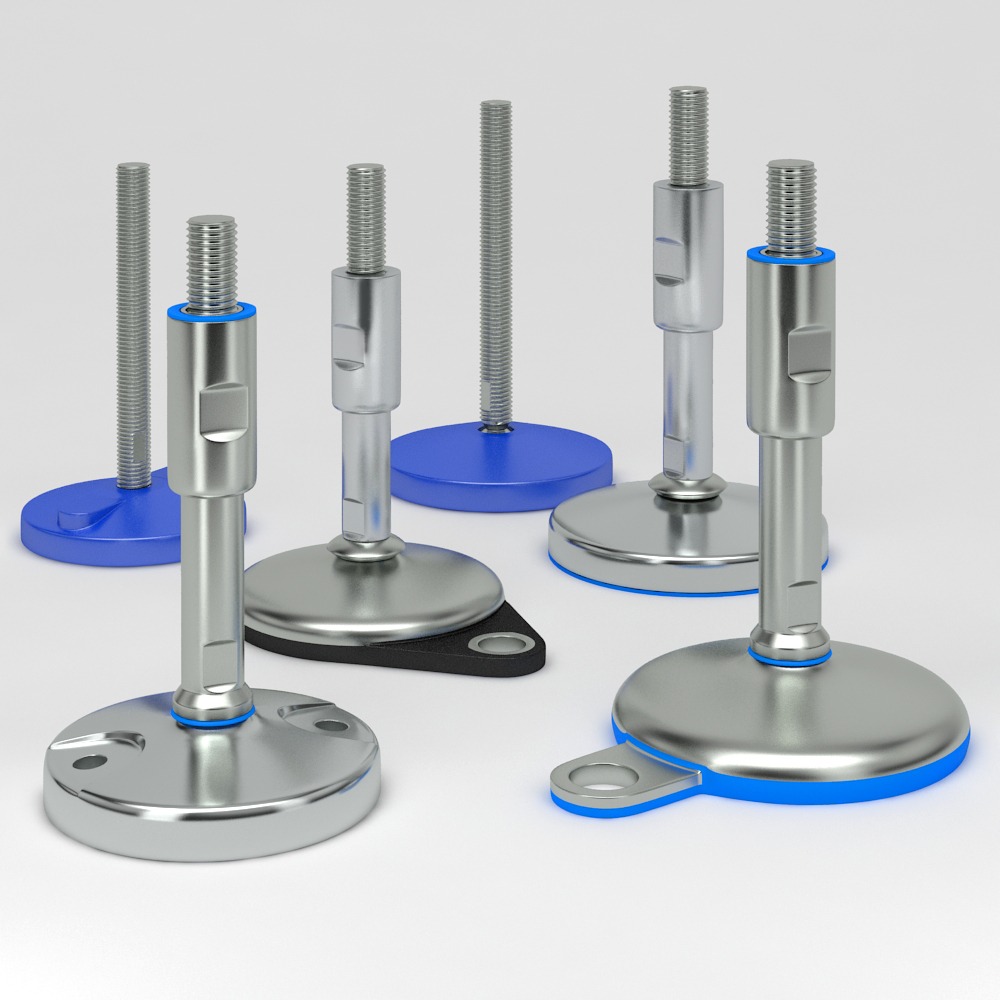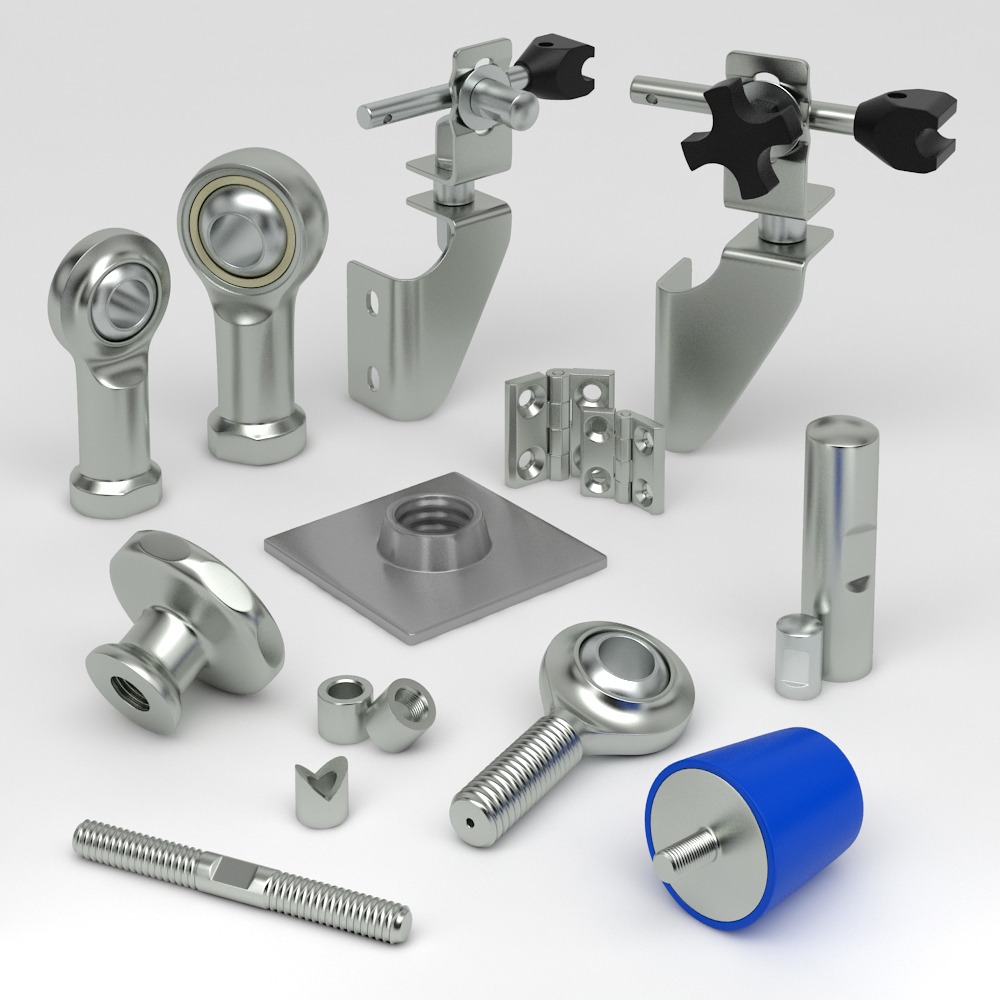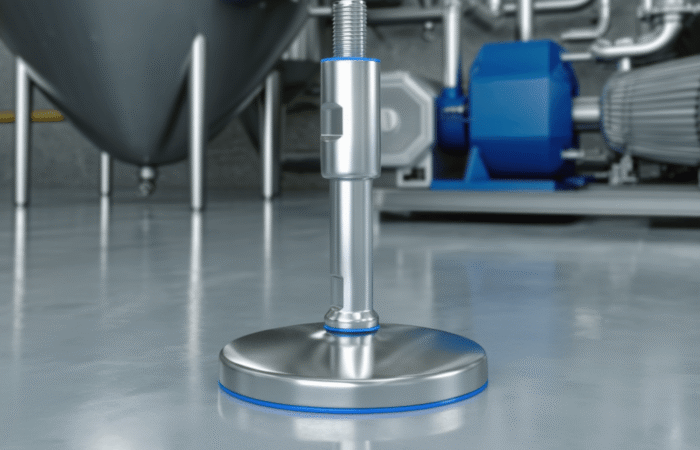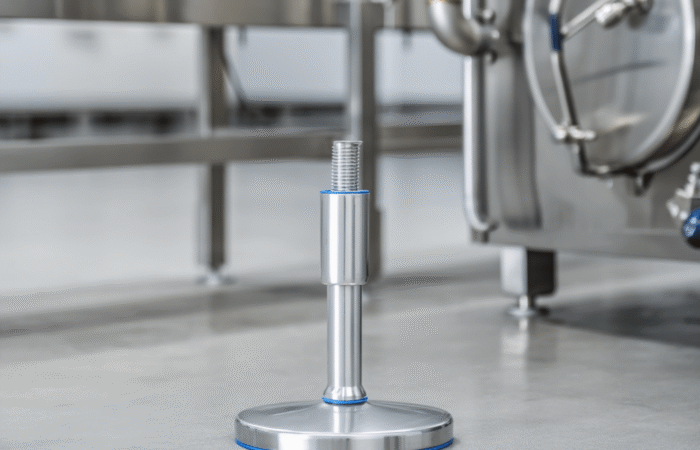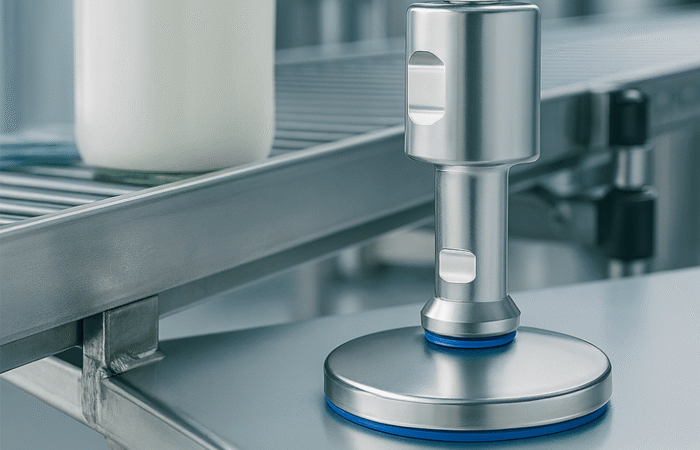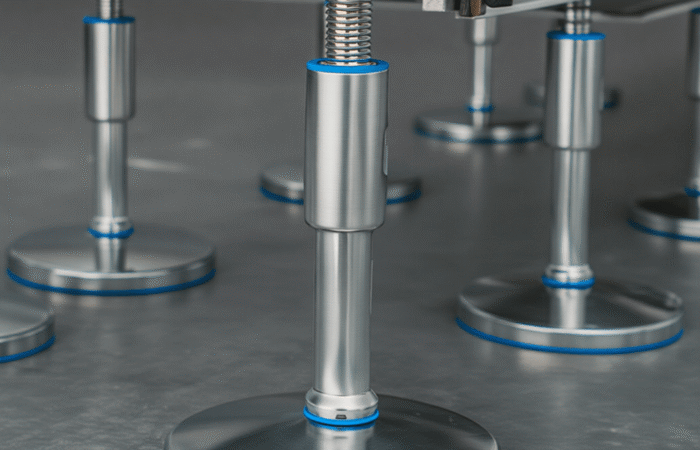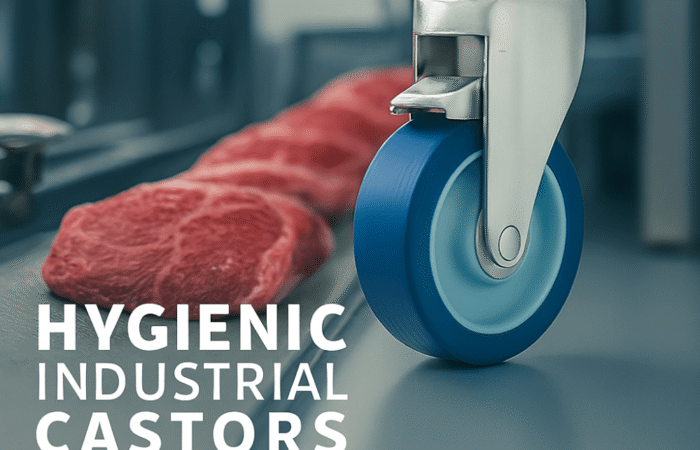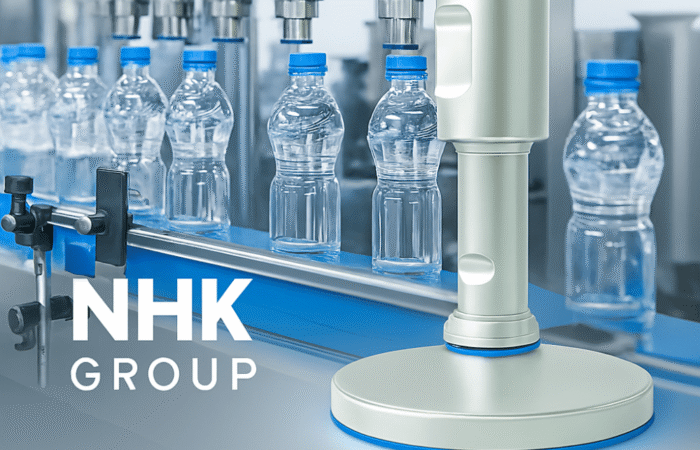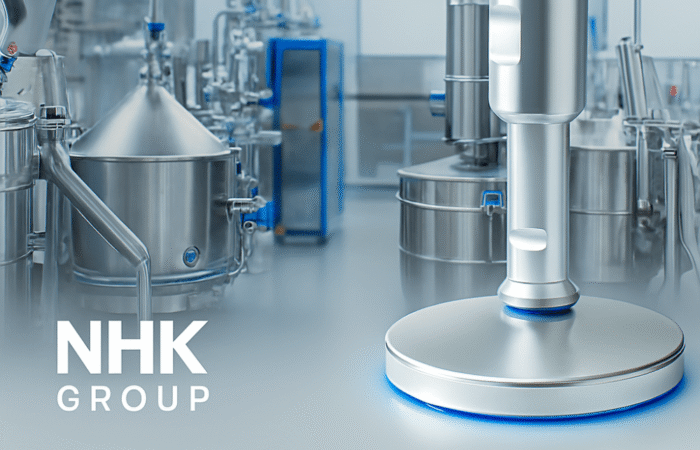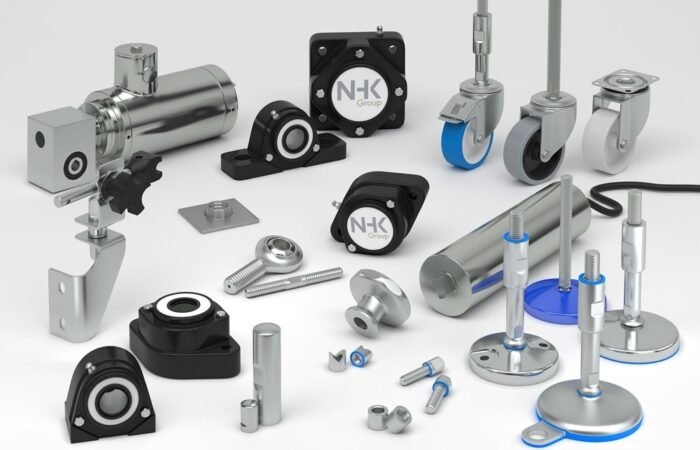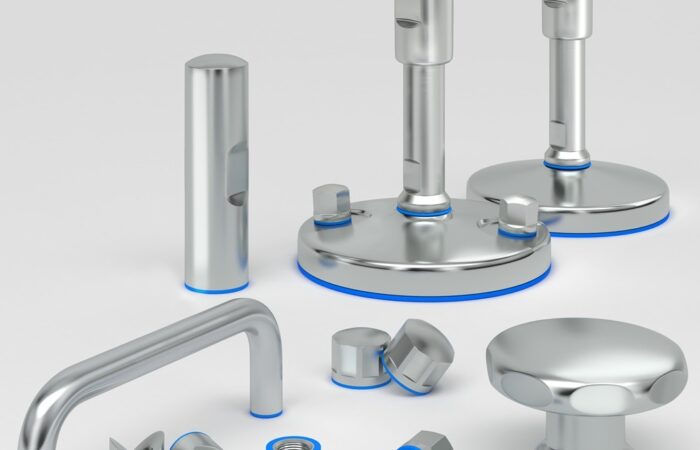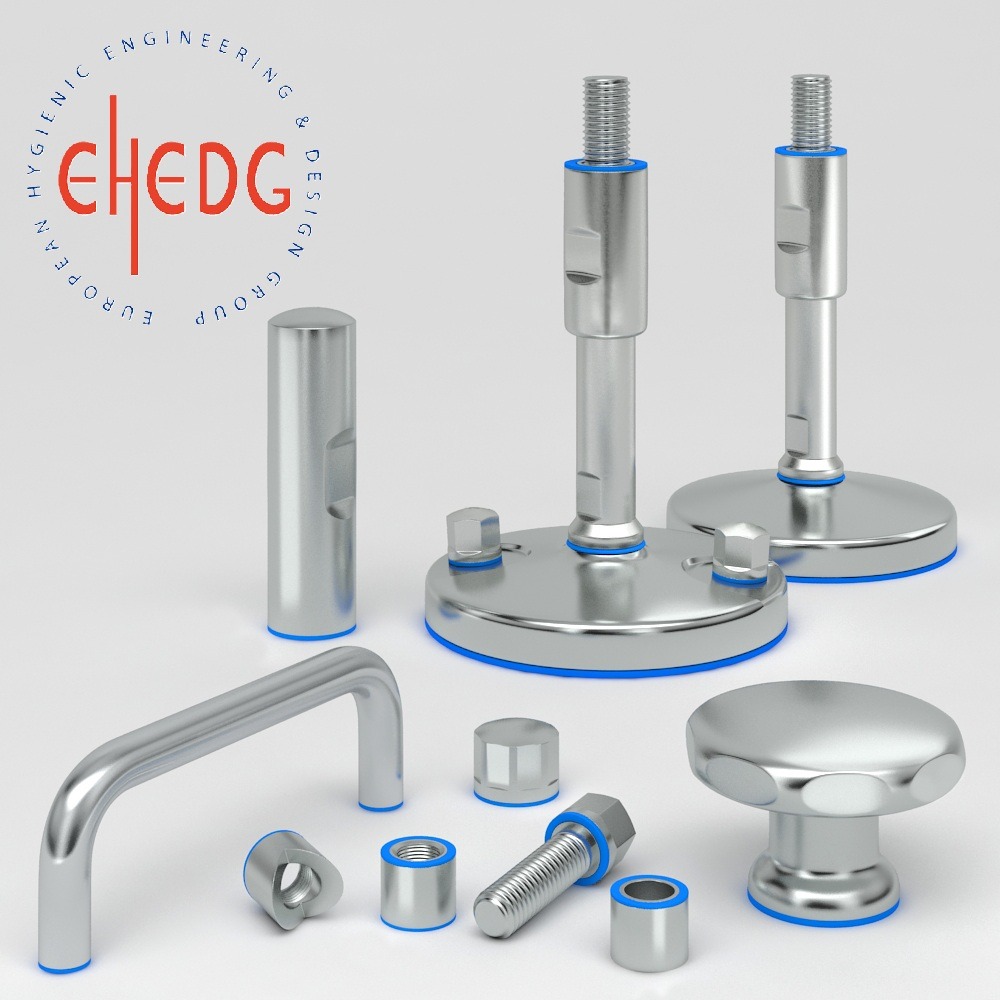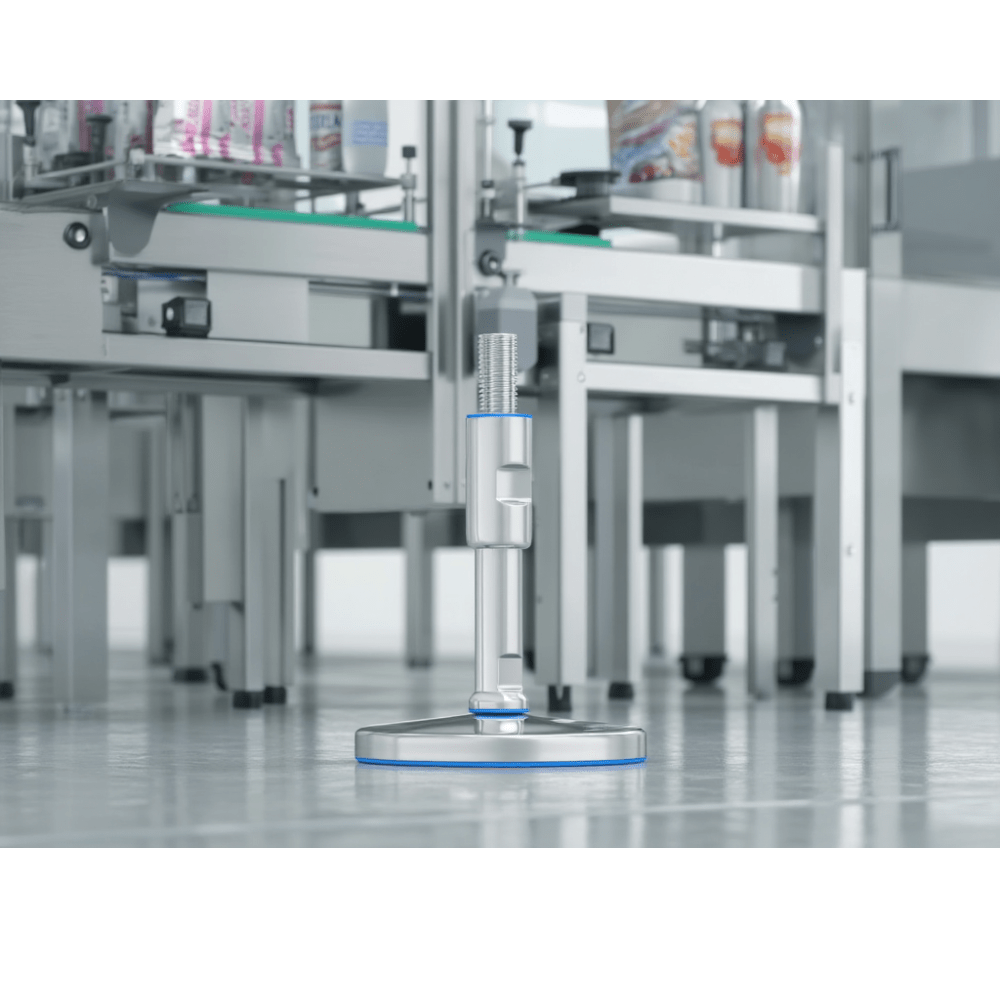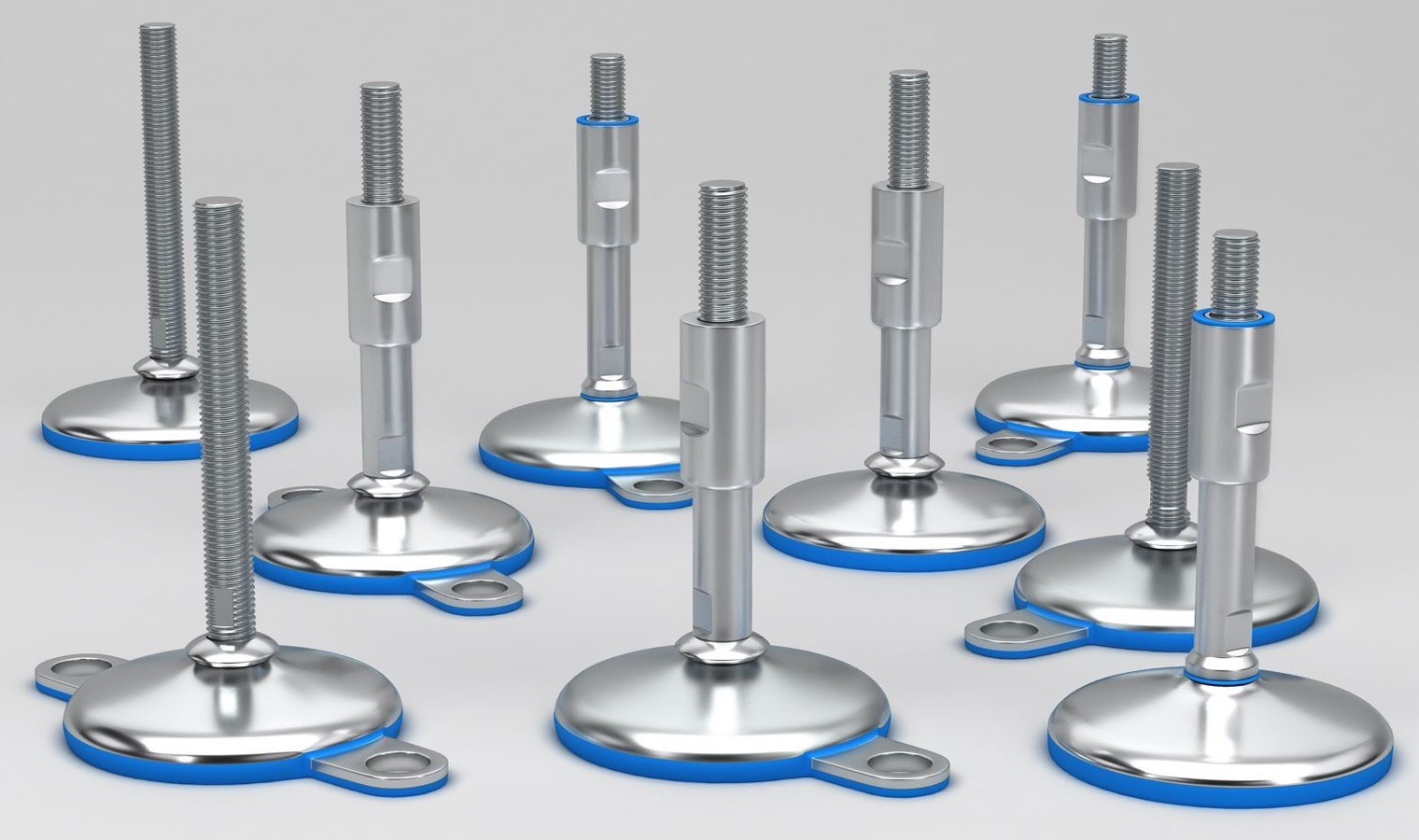
Stainless machine feet in hygienic EHEDG design
In industries with strict hygiene and safety standards, particularly in food, pharmaceutical, and biotech sectors, every component in machinery must meet rigorous criteria. One key component in hygienic design is the machine foot, which provides stability and adaptability to equipment. Specifically, stainless steel machine feet designed to meet EHEDG (European Hygienic Engineering & Design Group) guidelines have become essential. Here’s a comprehensive look at why these components are crucial in hygienic EHEDG-compliant designs. Hygienic design ensures that machinery and equipment do not harbor contaminants, making them suitable for environments where strict cleanliness is paramount. EHEDG, an organization setting hygienic standards, emphasizes smooth, non-porous surfaces, ease of cleaning, and minimal bacteria accumulation points. Using stainless steel machine feet compliant with EHEDG guidelines can significantly contribute to preventing contamination, particularly in sectors where product safety is directly impacted by hygiene. Stainless steel is highly resistant to corrosion, offers superior durability, and is easy to clean, making it an ideal material for use in environments with frequent sanitation requirements. Here’s why stainless steel is the top choice: In hygienic EHEDG designs, the choice of material is vital, and stainless steel stands out as the ideal option due to its strength, hygiene compatibility, and resistance to harsh environments. EHEDG compliance in machine components, like machine feet, aims to minimize any areas where bacteria, mold, or other contaminants can build up. Key design aspects of EHEDG-compliant machine feet include: These design elements not only help companies meet stringent hygiene regulations but also simplify the cleaning process, reducing labor and cleaning costs over time. While sanitation is a critical factor, machine feet also serve another essential function: ensuring stability. Equipment stability is vital for machine operation, safety, and even product quality, especially in precision-oriented industries. Here’s how stainless steel machine feet contribute to these goals: In hygienic industries, secure machinery helps prevent spills, contamination, and potential injury, making these Machine feet essential for safe, compliant operations. Investing in stainless steel machine feet that comply with EHEDG standards offers both direct and indirect economic benefits. Here are a few ways they add value: Over time, these factors lead to significant cost savings, making stainless steel EHEDG-compliant machine feet a valuable asset in highly regulated environments. For companies looking to comply with EHEDG standards, it’s essential to understand the criteria that make stainless steel machine feet hygienic. Here are some characteristics to prioritize: By carefully selecting machine feet that meet these standards, companies can ensure they’re investing in components that align with the strict requirements of regulated industries. Food Processing: In food production, stainless steel machine feet ensure machines remain stable and prevent bacteria buildup, essential in environments that must remain free of contamination. Applications range from packaging lines to processing machinery where cleanliness is paramount. Pharmaceuticals: In drug production, maintaining a contamination-free environment is critical. EHEDG-compliant machine feet help prevent microbial growth in areas that may be hard to reach with cleaning agents, supporting GMP (Good Manufacturing Practice) compliance. Biotech and Life Sciences: In biotechnology, sterile conditions are mandatory. Machine feet help stabilize highly sensitive equipment, like centrifuges or lab incubators, and facilitate cleaning processes in controlled environments. The demand for EHEDG-compliant, easy-to-clean machine feet is expected to grow, especially with the rise of automation in hygiene-sensitive industries. Here are a few anticipated trends: In industries where hygiene is critical, every component in equipment design must adhere to stringent standards. Stainless steel machine feet that meet EHEDG guidelines provide not only stability but also enhanced hygiene. They contribute to easier maintenance, durability, and overall equipment safety and compliance, making them indispensable in settings where contamination risk must be minimized. When selecting machine feet, choosing stainless steel EHEDG-compliant options supports operational efficiency, lowers long-term costs, and ensures that every aspect of the facility meets the highest hygiene standards.Why Use Stainless Steel Machine Feet in Hygienic EHEDG Design
Download our catalogue here
The Importance of Hygienic Design in Regulated Industries
What Makes Stainless Steel Ideal for Hygienic Machine Feet?
How EHEDG Design Enhances Sanitation with Machine Feet
The Role of Machine Feet in Stability and Safety
Economic and Operational Benefits of Stainless Steel EHEDG Machine Feet
EHEDG Standards in Hygienic Machine Foot Design: Key Points to Look For
Application Examples in Regulated Industries
Future Trends in Hygienic Machine Feet
The Essential Role of EHEDG-Compliant Stainless Steel Machine Feet
Check out our wide range of certified standard components
Contact
